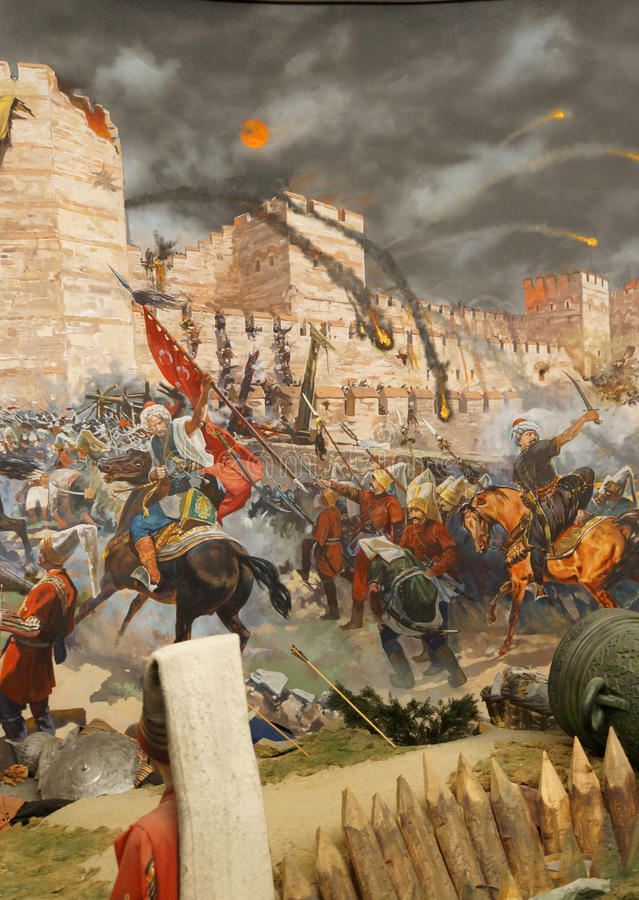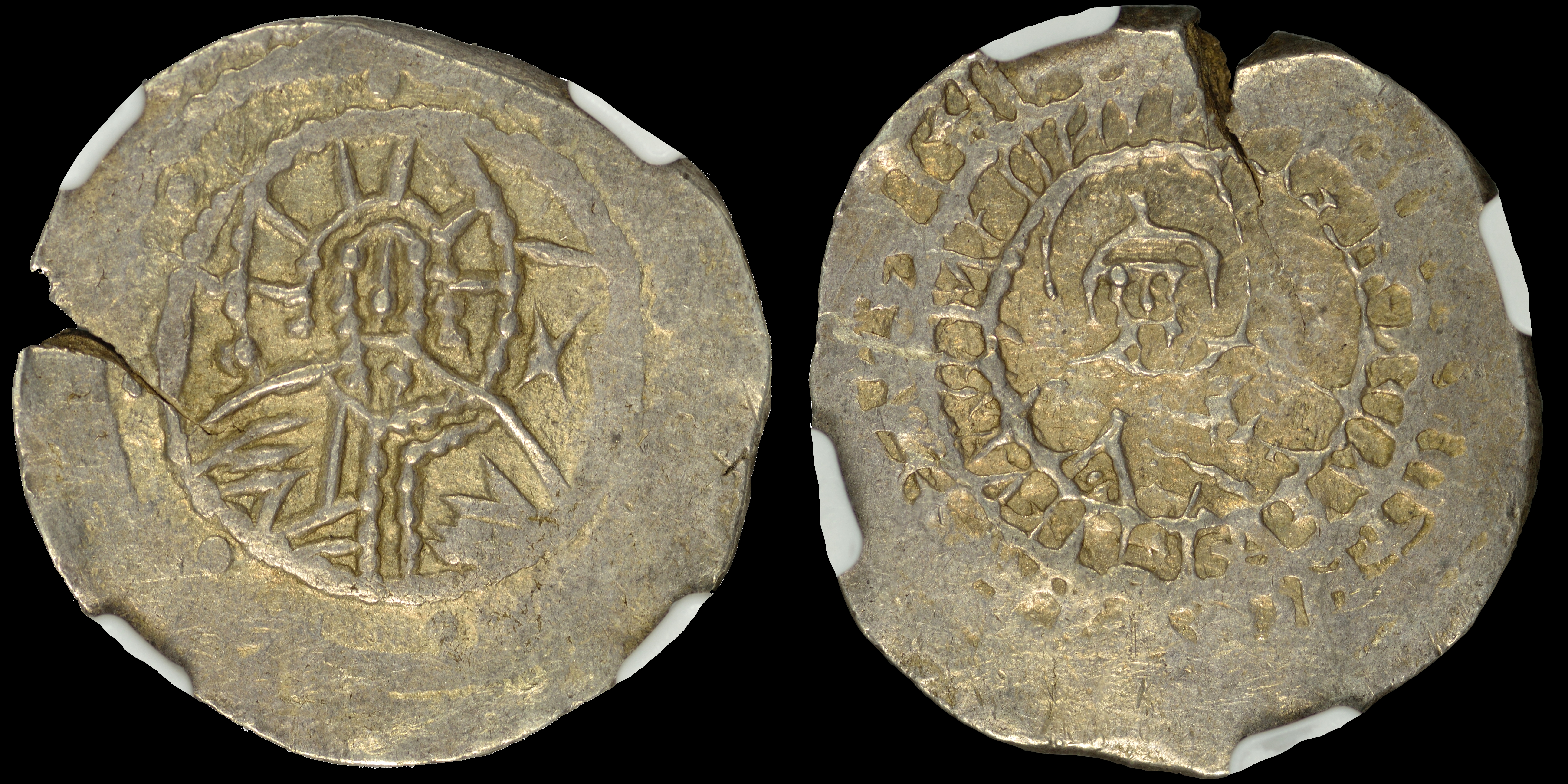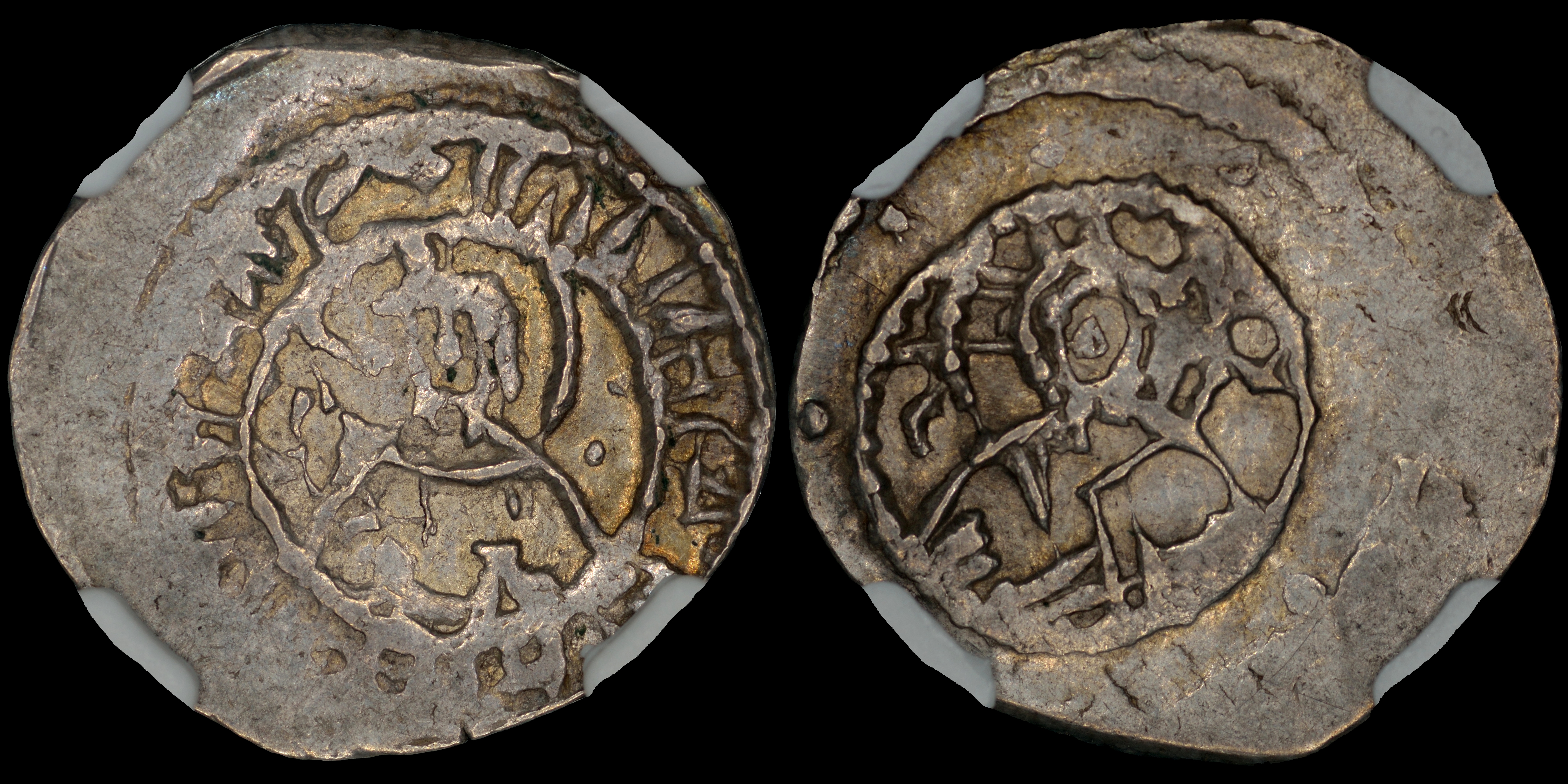The period between 1261 and 1453 saw the final decline and fall of the Byzantine Empire take place, under the Palailogois dynasty. From the start, the régime faced numerous problems. The Turks continued the expansion into Byzantine territory in Asia Minor, and Anatolia was systematically lost to numerous Turkic ghazis, whose raids evolved into conquering expeditions inspired by Islamic zeal.
With a decreasing source of food and manpower, the Empire was forced to fight on several fronts, often against Christian states: the Second Bulgarian Empire, the Serbian Empire, the remnants of the Latin Empire and even the Knights Hospitaller.
Add to this two disastrous civil wars, the Black Death, and the 1354 earthquake at Gallipoli, whose destruction and evacuation allowed the Turks to occupy it. By 1380, the Byzantine Empire consisted of the capital Constantinople and a few other isolated exclaves. And then in 1453 it was all over; Constantinople was conquered by the 21-year-old Ottoman Sultan Mehmed the Conqueror, who defeated an army commanded by Byzantine Emperor Constantine XI Palaiologos.
With a decreasing source of food and manpower, the Empire was forced to fight on several fronts, often against Christian states: the Second Bulgarian Empire, the Serbian Empire, the remnants of the Latin Empire and even the Knights Hospitaller.
Add to this two disastrous civil wars, the Black Death, and the 1354 earthquake at Gallipoli, whose destruction and evacuation allowed the Turks to occupy it. By 1380, the Byzantine Empire consisted of the capital Constantinople and a few other isolated exclaves. And then in 1453 it was all over; Constantinople was conquered by the 21-year-old Ottoman Sultan Mehmed the Conqueror, who defeated an army commanded by Byzantine Emperor Constantine XI Palaiologos.

(1)
John VIII

An
AR
Stavraton
struck 1421/5-1448
in
Constantinople
Obverse: IC-XC, Facing bust of Christ, right hand raised, eight dots around surrounding
Reverse: WANHC DECPOTIC O PALEOLOGOC QV XAPITI AVTOKPATOP in two lines around nimbate facing bust of John VIII; dot to left and right.
Diameter:
-
Die Orientation: -
Weight: -
Die Orientation: -
Weight: -
In NGC slab XF
Sear-2563
(2)
John VIII

An
AR
Half-Stavraton
struck 1421/5-1448
in
Constantinople
Obverse: IC-XC, Facing bust of Christ
Reverse: WANHC BACILEVC (or DECPOTIC) Q PALEOLOGOC, Facing bust of emperor
Diameter:
-
Die Orientation: -
Weight: -
Die Orientation: -
Weight: -
in NGC slab choice VF
SB 2565; Grierson 1519; LPC 172, 2; PCPC 349
